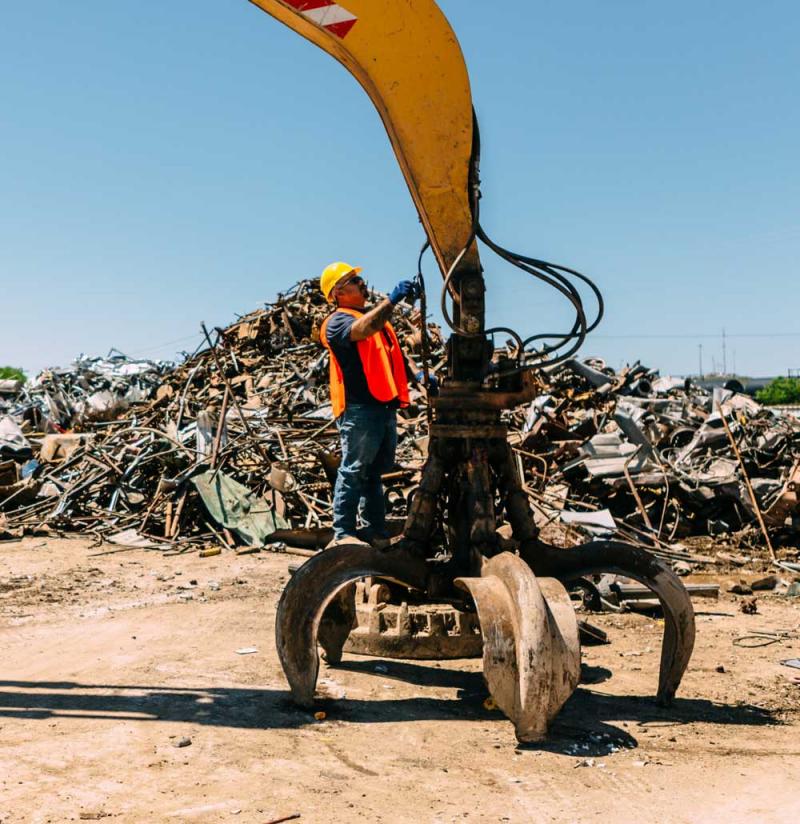Why & How to Remove Redundant Pipes of oil and Gas Services
Every object has a time limit, so does oil and gas pipes. These are heavy iron pipes that seem to be rustproof, but after facing different types of situations like rain, moisture, and heat, they start losing strength. A time comes when these pipes need replacements. There are some specific procedures to remove redundant pipes. They cannot be removed all of sudden. Some precautions are required to follow to safely remove them,
Why Remove Redundant Pipes?
Pipes after getting old and rust, they lose their strength and may start leaking. Replacement of oil pipes may require after 10 years or more, depending on the climate and soil of the area where the pipe is placed. If the soil has high moisture levels and the place receives climatic changes like rain and heat, the pipe can get rust easily and can put lives near its area in danger. Leaking of oil can make the soil and water dirty. It is an alarming situation that needs quick action by the oil and gas agency. Regular inspection of pipes keeps the agency alert about leakage.
How to Remove Redundant Pipes?
The task is carried out by experts, they are best known as industrial equipment removal agencies. A salvage yard can take up the responsibility of removing old pipes because they have high-end equipment, experienced persons and heavy machine loading trucks. They are also known as oil and gas demolition firms. Establish contact with your local demolition agency. They follow specific guidelines to remove old pipes.
Collecting Paperwork
A survey team is appointed to know about the pipe status. The team collects data like the age of the pipe, drain pits, intersecting lines and pipe wall thickness. The data helps to carry out the removal task safely and systematically. It helps the team to make strategies to remove pipes.
Excavation of the Site
The leaking pipe area is excavated to know the status of the pipe and to safely take them out. Both the right and the left side of the pipe is excavated so that the pipe can be visible completely and allow space for de-oiling, cutting and uploading.
De-Oiling
De-oiling is all about the cleaning of the pipe. The de-oiling process is prepared according to the previously collected data. There are two types of de-oiling methods- gravity bulk de-oiling and pigging. Removing the residual through pigging is a popular procedure because it makes cleaning easy and economically cheaper.
Cutting
In this step, pipes are cut into several small pieces to make loading to the truck easy. Since pigging helps to remove the remaining residue from the pipe, it prevents soil from getting dirty, Before cutting, it is necessary to confirm that the pipe has no flammable gas. If it contains such a gas, it is removed before cutting.
